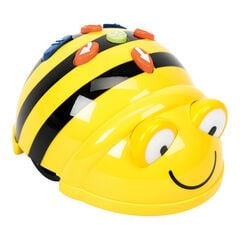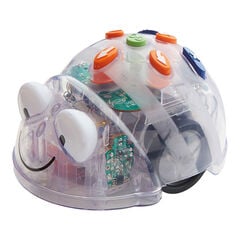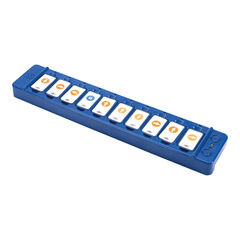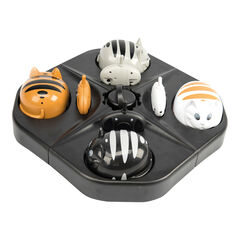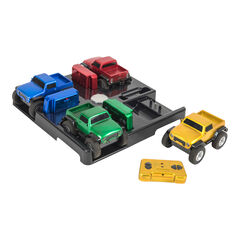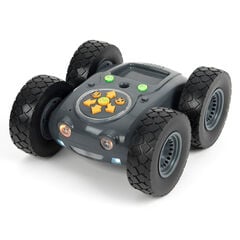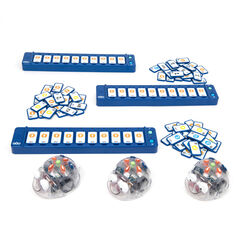Whichever approach is used to teach computing, progression of skills is vital and that is why the programming journey is important. Children must be equipped to understand the significance of computers in their learning at school, at home and in the world. We do not want them to be passive consumers, but active managers and creators of technology. The resources created by TTS are made to encourage this and each step has been carefully crafted with incremental differences to encourage engagement and true understanding at each stage.
For example – using Bee-Bot, children gain an understanding of how the commands they directly input on the robot itself are what produce the output. If it does not do what they expected, the programme needs changing (or debugging).
At the next stage of the journey, Blue-Bot shows that those same commands can be remotely activated through Bluetooth. The TacTile Reader provides an interim ‘physical’ demonstration, taking the commands from the robot itself onto separate tiles. Not only this, but the movement possibilities are expanded to include a repeat function as well as 45-degree turns.
Having been through these stages, children using the Blue-Bot app will have a much greater understanding of how the commands they are now using on their tablet apply to the robot.
And so the journey continues, adding new information at the appropriate level for each stage.
With thanks to Beverley Smalley for writing this blog. Beverley is an education specialist, writer and former primary school teacher.






